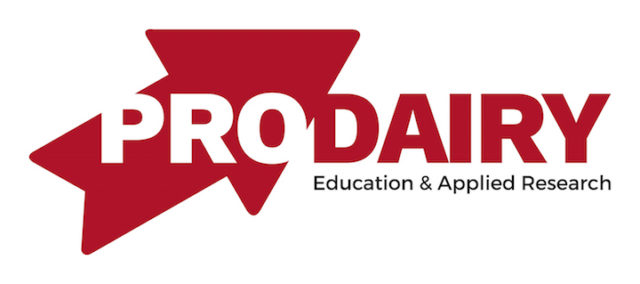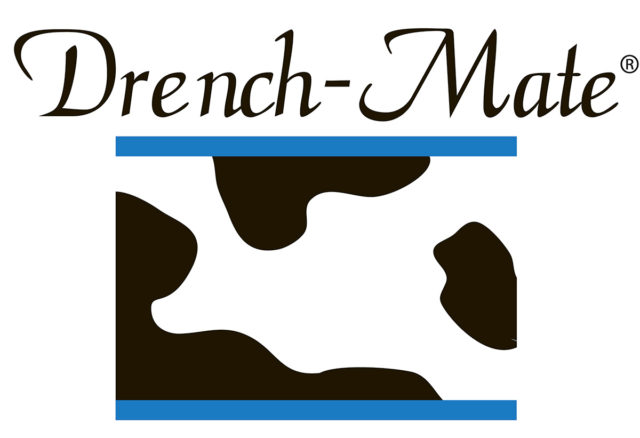After nearly a decade of planning and budgeting and a year of construction, the Dairy Learning Center at University of Wisconsin – River Falls (UWRF) was completed in October 2007.
The new facility features a double-six herringbone parlor and capacity for up to 100 cows.According to Steve Kelm, chair of the Animal and Food Science Department at UWRF, the facility is also environmentally friendly, having a composted bedding system as well as a precise nutrient management plan. Through these applications, UWRF has been able to reduce the size of their manure lagoon and improve odor control. These systems also allow the staff at the facility to separate and then sell composted manure solids. Kelm says gardeners and nursery owners come to the location to buy these solids, and the business helps to generate more interest in the dairy center and the program.
Dr. Larry Baumann, a professor of animal science at UWRF and an integral part of the daily operation of the facility, says the facility attracts many other people. Throughout the past year, industry groups such as Windfield Solutions as well as elementary schools and vocational-technical programs have used the facility for meetings and tours.
“It’s quite a cross-section,” says Baumann. “From young grade school children all the way through college-age and up to the adult learner, many people are able to use the Dairy Learning Center.”
Andrea Clark, a senior in animal science at UWRF, agrees with Baumann.
“[The center] reaches more people than just the students because we have families that come tour it, and people bring their grandkids to come see it,” she says. “It’s just a really positive thing for the whole River Falls community.”
Clark is one of the nearly 25 part-time employees that work at the facility during an academic semester. Although Clark is pursuing an equine emphasis in her major, she works at the center in order to “broaden her horizons.”
In addition to having the opportunity to work part-time, dairy students are also able to learn on location. Baumann says the program’s dairy production and dairy management classes take place at the center.
“With the development of the [Dairy Learning Center], we have more hands-on experience for our laboratory classes,” Clark says. “Instead of just reading about it in textbooks, we’re actually getting to see how everything works firsthand.”
Because two, 25-student classrooms are attached to the milking center at the facility, Kelm says students can easily shift from classroom lectures to hands-on labs.
Baumann says the faculty also plans to develop the center’s feeding program and would like to be able to offer students a class about operating a computerized record system for the dairy herd. He also sees an opportunity for the facility to host workshops for various dairy industry groups.
Although Kelm and Baumann appreciate the new buildings and the latest innovations that go along with the Dairy Learning Center, they are more excited to showcase the success of their curriculum.
“We certainly love the new facility,” Baumann says. “But it’s really the educational programs that we’re very proud to offer.” PD
Emily Caldwell
Staff Writer
Progressive Dairyman




